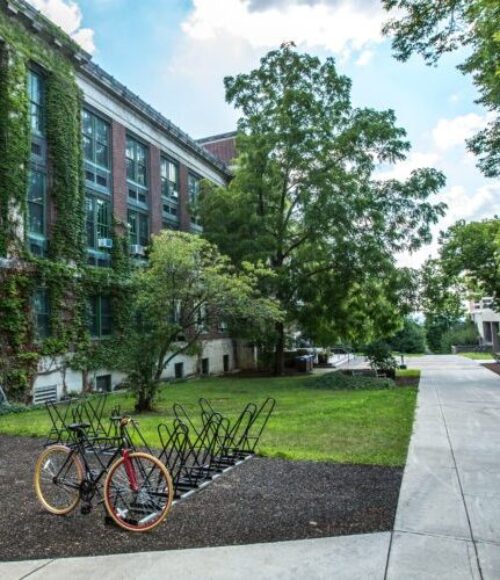This is Not a Drill: COVID-19 is a Catalyst for Long-Term Change
This is Not a Drill: COVID-19 is a Catalyst for Long-Term Change
My college degree required 3 semesters of organic chemistry—it took me 4 semesters, and not because I had any great love for chemistry.
I was, however, fascinated by the idea of catalysts, defined as: “a substance that increases the rate of a chemical reaction without itself undergoing any permanent chemical change.”
The second definition is even more applicable to our current circumstances: “a person or thing that precipitates an event.”
The COVID-19 pandemic is a societal catalyst, rapidly accelerating changes that were already underway. Mask-wearing and social distancing are brand new norms, but remote workplaces and online education certainly aren’t (distance learning has been around for close to 300 years.) However, the shift to online learning was moving at a glacial pace. Reverence for tradition and desire to maintain the status quo significantly slowed down widespread adoption of online learning methods.
During the pandemic, when schools and faculty were given mere hours or days to adjust their content delivery, they did so with varying levels of success. The situation was understandable, if not ideal: schools were reacting to a short-term crisis with an emergency response. Everyone was making do as well as they could.
But as we approach the fall semester, we’re no longer in the realm of short-term emergencies. COVID-19 may still be a crisis, but it’s also our new normal (at least for many months to come). Schools need to plan for long-term solutions instead of implementing short-term fixes with the hope that everything will “go back to the way it was” sooner than later.
We have to expect fatigue and lack of discipline (especially from college students): the pandemic has lasted too long for everyone to follow instructions to the letter. It’s the difference between learning to live with the pandemic and trying to put life on pause until it’s over. The long term behavioral change needed requires a paradigm shift, and online learning is critical to that shift.
Up until now, most efforts in virtual learning have attempted to recreate the classroom online—instead of using what we know about neuroscience (psychology of learning, memory retention, application of learning, behavioral changes) to revisit our entire approach to education.
Much of our educational system was designed to meet the highly structured needs of the Industrial Revolution. The current workforce needs are very different, but the educational model remains the same. The need for reform has been discussed for over 30 years.
With COVID-19 as catalyst, we will inevitably find ways to offer remote learning en masse. There’s little choice in the matter; the pandemic has made that decision for us. The question is whether we can design that system thoughtfully, in a way that prepares us for the future instead of simply triages the present.
A newly imagined system would focus on:
- creating safe spaces where students can have coming of age experiences
- preparing students for the current needs of the workforce
- giving students the ability to learn and build skills throughout their lives
- comforting and protecting students, physically as well as mentally and emotionally
To be sure, there’s a tremendous amount of uncertainty that stands between this moment and building a long term vision of the future. It requires setting a new destination, expecting to be blown off course, and being agile enough to deal with whatever challenges and obstacles arise. As Winston Churchill says, “If you’re going through hell, keep going.”
Every effort to create a paradigm shift will first have to pass through the tumult of the pandemic. But inside that chaos, education has an opportunity to reinvent itself and, using the catalyst of COVID-19, to accelerate the pace of change toward what comes next.
Related Ideas
The Gig Economy is Here to Stay—What Does That Mean for Higher Ed?

